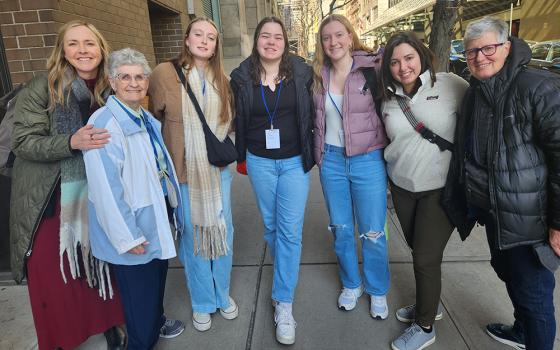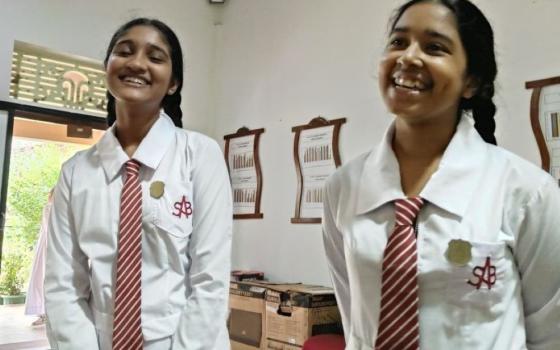I have just returned from one of the best weekend conferences I have ever attended. It was a meeting June 26-28 in St. Paul, Minn., of about 275 Catholics who are involved with IECs, or Intentional Eucharistic Communities. These are groups that come together to celebrate the Eucharist outside a parish setting. It was called “Living the Gospel: Collective Voices.”
These groups started for a variety of reasons. Some experienced a confrontation with a local bishop that sent them looking for new pastures, or came from a parish where some new pastor behaved as if it were the 16th century, according no real leadership roles to the laity. Others began simply because people were looking for a more meaningful form of worship than that commonly found in a parish.
IECs are as diverse as the stars of the sky. Some adhere fairly strictly to Catholic guidelines for the Eucharist (especially if they are on the “radar” of their local bishop). They invite an ordained male priest to lead the celebration, and they use the approved texts of the Mass. Others welcome married priests, women priests or they “ordain” (i.e. invite) someone to lead the celebration. At least one community has a “priest presider” and a “lay presider” each Sunday. Some use diverse and creative “canons” of the Mass; others use standard texts. Some have preachers; many use dialogue homilies. Some have music; some do not. Some meet in churches or church halls; most meet in homes or other settings. They range in size from about 6-7 to hundreds each week.
But what these groups have in common is a search for meaningful worship and meaningful living in the Catholic tradition. And this conference in St. Paul was rich with ideas, discussions and sharing toward that end.
Plenary addresses were given by NCR books editor Jamie Manson, Jesuit Fr. Roger Haight and Miriam Therese Winter. Each offered unique insights on the state of the church and a spiritual theology for IECs. There was time set aside for “table hopping” in the dining area so that participants could learn about other IECs and how they work.
Participants had three opportunities to attend workshops, and the topics were both diverse and useful. These are only some of the offerings:
- We Say What We Mean: Gender inclusive and theologically meaningful language in liturgy
- Why stay affiliated with a global church?
- Primacy of conscience
- A Song is Somewhere to Begin
- The Meal Ministry of Jesus
- Go Forth, Feed My Sheep: from Food Shelves to the White House
- Actualizing the Francis Revolution in IEC’s
- Nurturing diversity and fostering everyone’s gifts
- Young souls, Young hearts, Young minds: Children’s education
- The Political Realities of a Changing Church
And the closing liturgy was fabulous. The “celebrants” were literally all those present. The language was gender inclusive and the music was rousing.
And oh yes, when participants learned of the Supreme Court ruling legalizing same-sex marriage nationwide, there was general celebration. And the final liturgy? It featured people carrying rainbow flags!



